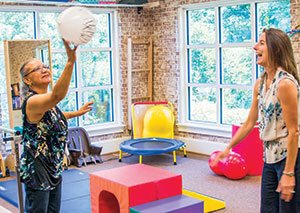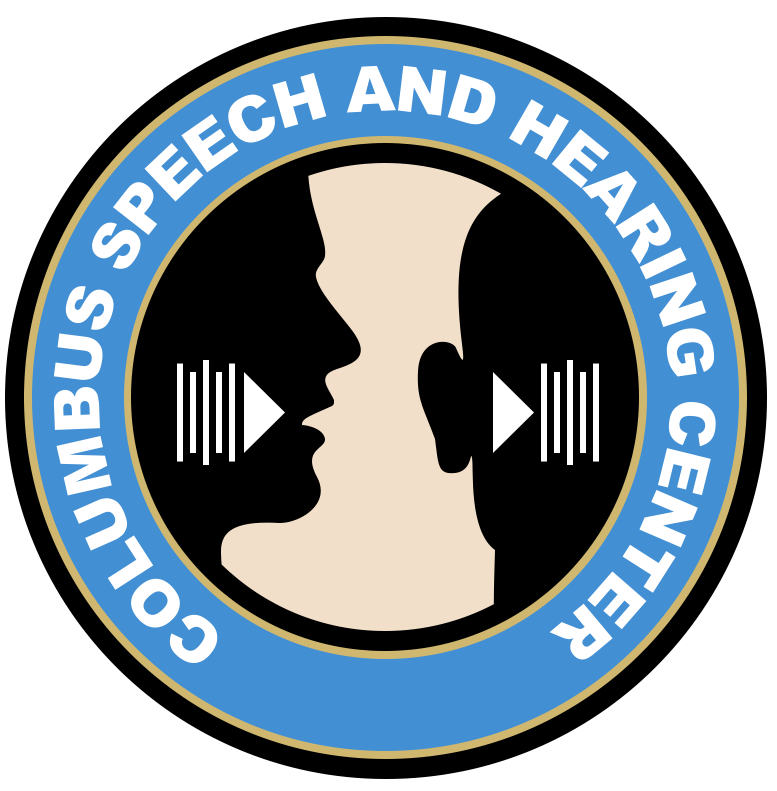
This quarter's patient spotlight highlights the journey of Mrs. Carmen Ramos through the Balance Clinic at CSHC. In December 2016, Mrs. Ramos was referred by her neurologist to the CSHC Balance clinic with a history of long-standing vestibular dysfunction, but with a recent increase in the severity of her symptoms. Diagnostic vestibular testing revealed severely impaired vestibulo ocular function, caused by a series of strokes that left her with daily bouts of vertigo, marked instability, and at severe risk for continued falls. Once proper diagnosis was established, Mrs. Ramos was scheduled for vestibular rehabilitation to treat both her feelings of vertigo and her unsteadiness. CSHC vestibular therapists designed a rehab program for her needs. She attended therapy once a week and completed self-directed home exercises between therapy appointments. She was a model patient, and her hard work and diligence has paid off. Today, she can walk backwards down the stairs, balance on a tilted platform, and bounce balls in the air without dizziness or instability.
WAY TO GO MRS. RAMOS AND THE CSHC BALANCE CLINIC TEAM!
We will review your medical history and complete a thorough physical examination. Our staff will then administer more tests to determine what is causing your imbalance. Quite often, balance problems are caused by the inner ear. The inner ear contains the labyrinth, which is a vital part of our balance system. It is in continuous relation with our eyes, bones and joints, helping the body to maintain its upright position. Our staff will use the following tests:
VNG - Videonystagmography
VNG testing is considered the gold standard for testing vestibular function and is used to determine if a vestibular (inner ear) disease may be causing a balance or dizziness problem. IT is one of the only tests available today that can decipher between a unilateral (one ear) and bilateral (both ears) vestibular loss. VNG testing is a series of tests designed to document a persons ability to follow visual objects with their eyes and how well the eyes respond to information from the vestibular system.
This test also addresses the functionality of each ear and if a vestibular deficit may be the cause of a dizziness or balance problem. To monitor the movements of the eyes, infrared goggles are placed around the eyes to record eye movements during testing. VNG testing is non-invasive and paintless. Appointments usually last about 1.5 hours and covered by most insurances.
VEMP - Vestibular Evoked Myogenic Potentials
Electrodes will be placed on the patient's head and neck while simulated sound is being projected. The electrodes will record the patient's vestibular nerve's movements. If movement isn't detected, trauma or injury can be detected.
VHit
The video Head Impulse Test (vHIT) incorporates a new technology that uses a high speed, lightweight video goggle to measure (left or right) eye velocity and record "catch up" saccades (and other abnormalities) in patients with impaired VOR function. vHIT provides a quick and objective measure of the vestibular ocular reflex (VOR) in response to head movements in the natural range of daily motions.
